Im trying to make a kdeplot using geopandas.
this is my code:
Downloading shape file
URL = "https://data.sfgov.org/api/geospatial/wkhw-cjsf?method=export&format=Shapefile"
response = requests.get(URL)
open('pd_data.zip', 'wb').write(response.content)
with zipfile.ZipFile('./pd_data.zip', 'r') as zip_ref:
zip_ref.extractall('./ShapeFiles')
Making the geopandas data frame
data = train.groupby(['PdDistrict']).count().iloc[:,0]
data = pd.DataFrame({ "district": data.index,
"incidences": data.values})
california_map = str(list(pathlib.Path('./ShapeFiles').glob('*.shp'))[0])
gdf = gdp.read_file(california_map)
gdf = pd.merge(gdf, data, on = 'district')
Note: I didn't include the link to the train set because it's not important for this question(use any data you want)
This is the part that I don't get, what arguments should I pass to the kdeplot function, like where I pass the shape file and where I pass the data?
ax = gplt.kdeplot(
data, clip=gdf.geometry,
shade=True, cmap='Reds',
projection=gplt.crs.AlbersEqualArea())
gplt.polyplot(boroughs, ax=ax, zorder=1)

